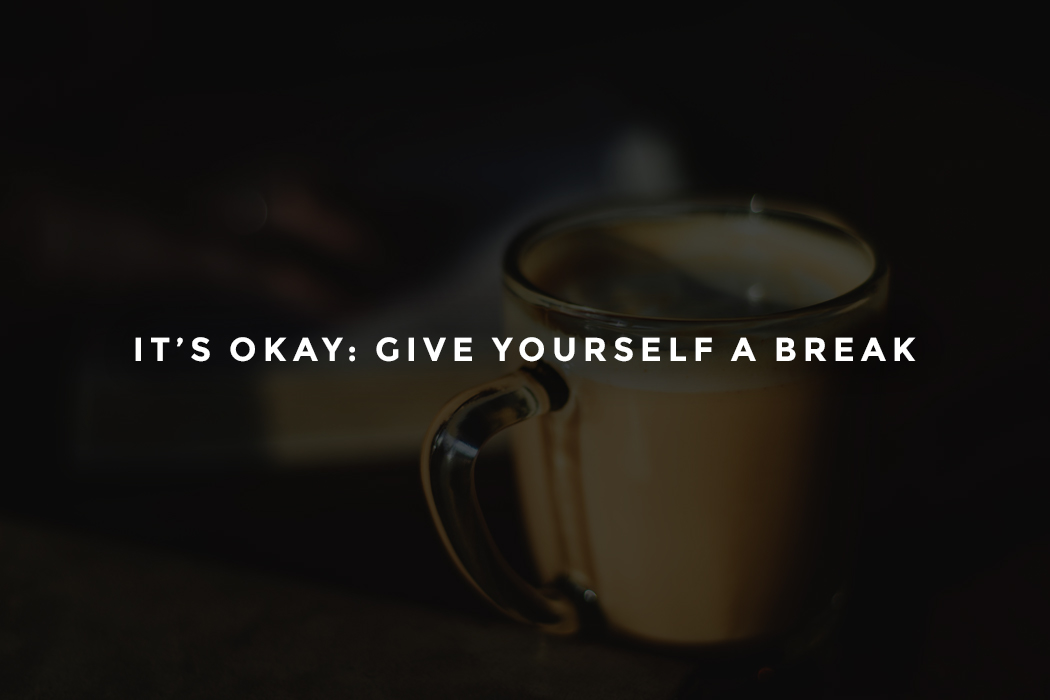In my first few years of ministry, I was constantly told that I needed to be aware that there would always be more work and things to do than what I had time for. Usually, this came with a lesson about how to recognize when I was approaching burnout or a reminder of the need to recruit and equip other people to be involved in ministry.
I don’t believe this is unique to my role in pastoral ministry. Anyone who is in a work environment where they carry the primary responsibility for a non-profit, a business or an organization will be in the situation where the work required is greater than the time available at some point.
When this situation hits, there’s lots of advice and recommendations that will get thrown at you; delegate more, recruit more, hire more, equip more, prioritize more, go on vacation more, streamline more, balance more, or maybe even the unhealthiest advice that says work more hours. But sometimes there will be times in life where none of these seem like valid options, but the truth is every one of those is a valid option!
You can choose to do any one of those options, and chances are you’ve tried each one of them at least once. But remember that just because it is a valid option that you can choose, it doesn’t describe if they are good options or bad options to take.
So the question still remains, how will you pick the good option when everything piles up?
First let me say this to you: I don’t know the exact situation that you’re in as you’re reading this, I don’t know your mental state or how many things have piled up on your to-do list. But what I can tell you is that you’re not alone in feeling the pressures of everything piling up on your shoulders. Other leaders have been there before, and other leaders will be there afterward.
One of the best things you can do is find ways to connect with other leaders who have been where you are or have been in similar situations. Having a real person you can call up and talk through a decision with and be there for each other is a complete game changer when it comes to leadership.
One step you can take right now is to give yourself a break.
That’s right, take 10 minutes to just step back from your desk or whatever the task is at hand and walk away for 10 minutes. Listen to some music, call that old friend or a family member you haven’t spoken to in a long time, go walk around the block or something. Maybe try a mindfulness exercise where you only focus on your breathing for a couple of minutes. Trust me, nothing is going to completely fall apart in ten minutes. Taking a couple minutes to clear your mind and then come back at the situation you were working on will help you see things with a new perspective.
So after you’ve given yourself a physical break, take some time and give yourself a break on your to-do list. Just over a year ago, one of my mentors told me that I needed to intentionally create a “to fail” list. That’s right, he told me to create a list of the things that I would intentionally choose to fail over the next week. Pick the low priority things and decide now that you’re going to fail those until a future date. If you use a to-do list app or project management tool, make a list called “To Fail” and
If you use a to-do list app or project management tool, make a list called “To Fail” and shuffle a bunch of things from your main list over to that one. Set a weekly reminder for the start of your work week to go back and review that list and pick a few (and I mean less than 3) items to bring back to your main to-do list. If something is on the to fail list don’t let yourself feel guilty when they don’t get completed because that’s why that list exists in the first place.
After your short physical break and the break on the to-do list, then it’s time to start planning for a larger break. Hopefully, your role has some type of ebb and flow to your yearly routine, and start scheduling longer times to take breaks during the slower seasons or in advance of your busier season.
Maybe this starts off as just being a day or two where you can disconnect from the office and focus on the things that help you to relax and be energized, or maybe you have the ability to use up some vacation time and spread it out throughout the year.
The need to have a routine to your breaks is especially true for those of us who are in salaried positions where you are largely in control of your own schedule.
Remember that taking vacation time and resting is part of your responsibility to keep yourself at a place of health and remaining sustainable for the long run.
It’s your responsibility to rest and recharge during your vacation time and breaks, so try not to fill them right up with other projects and responsibilities.
Here’s the bottom line to all of this: If you’re constantly running with only 10-20% of energy in your reserves, sooner or later you’re going to burn out, and it takes a lot more work to recover from a burn out or blow out, than it does to avert one before it happens. Don’t buy into the lie that you haven’t done enough to deserve a break, and simply take a break. It might be one of the best things you can do for your long term health.


